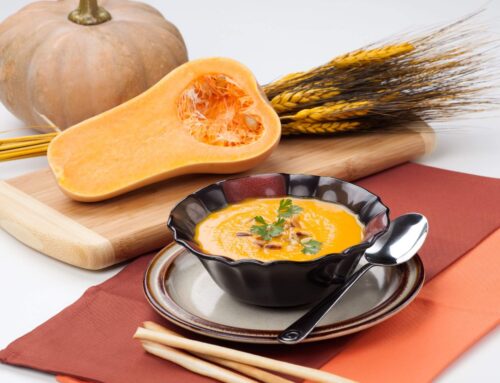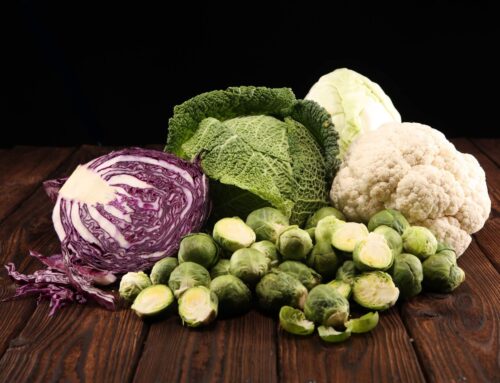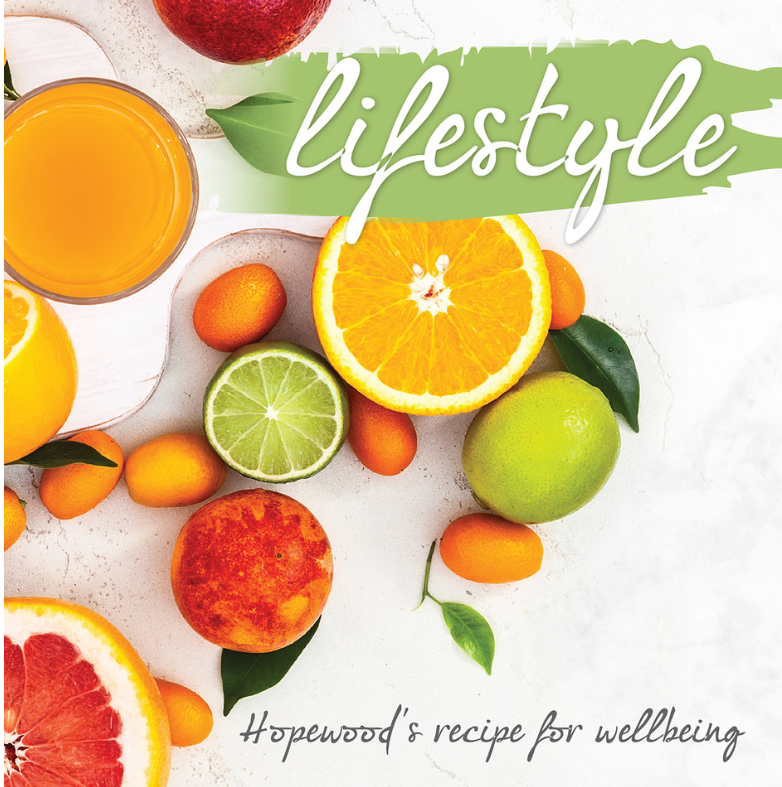Benefits of soaking and sprouting

Legumes and grains are high in protein and fibre, making them a great addition to a plant-based diet. They also contain important minerals for the body including iron, zinc and calcium. However, we may not be getting all the nutritional benefits that legumes and grains have to offer due to the high levels of antinutrients in them.
All plants want to grow and avoid being eaten by animals and other organisms. To protect themselves, plants have a range of defences, including antinutrients, to deter other organisms from eating them. Antinutrients are compounds which prevent the body from absorbing vital nutrients and can make it harder to digest the plant. While antinutrients are in all plants, they are at their highest concentration in legumes and grains. Phytic acid and lectin are the most common antinutrients in legumes and grains but there are many others.
And there is a way to remove these antinutrients! You can soak and sprout your legumes and grains.
Many antinutrients are contained in the skin and dissolve in water. Soaking legumes and grains in water can remove some of the antinutrients. The amount of soaking time will vary based on the type of legume or grain.
Changes occur in legumes and grains when they begin to sprout. Sprouting increases the concentration of nutrients such as vitamin C, vitamin B and fibre, while the concentration of antinutrients such as phytic acid decrease. Sprouting legumes and grains can increase their nutritional value and make them easier to digest. The sprouting time will also vary based on the type of legume or grain.
It’s easy to soak and sprout your legumes and grains at home. All you need is a large glass jar, breathable cloth, rubber band and sieve. You could also invest in a sprouter lid which makes it easier to rinse and drain the legumes and grains.
While you can soak and sprout any raw legumes or grains, sprouting seeds are recommended. Sprouting seeds work better because the growers take greater care to ensure they are free from bacteria and pathogens.









